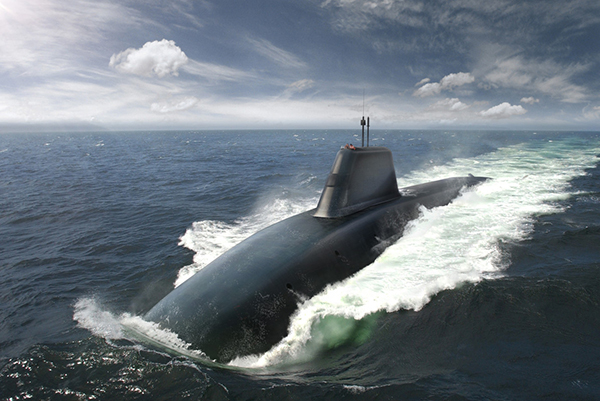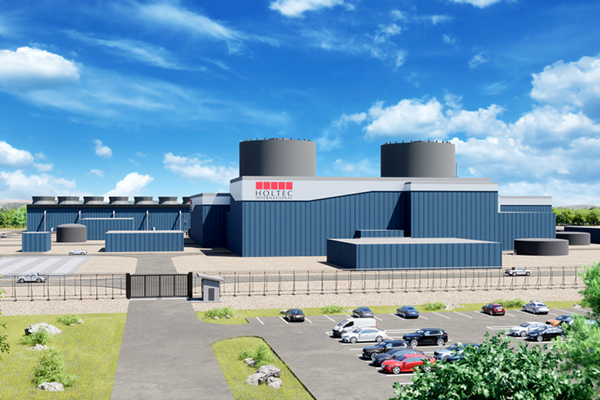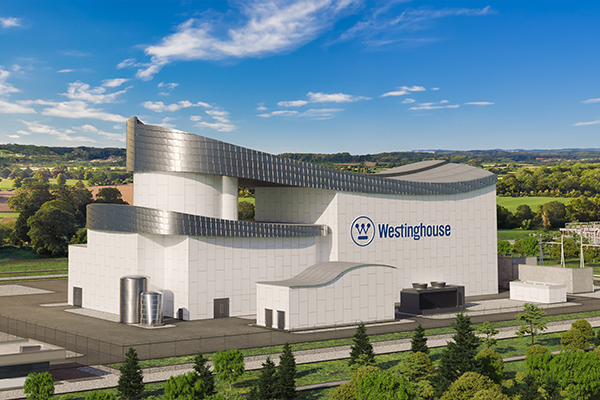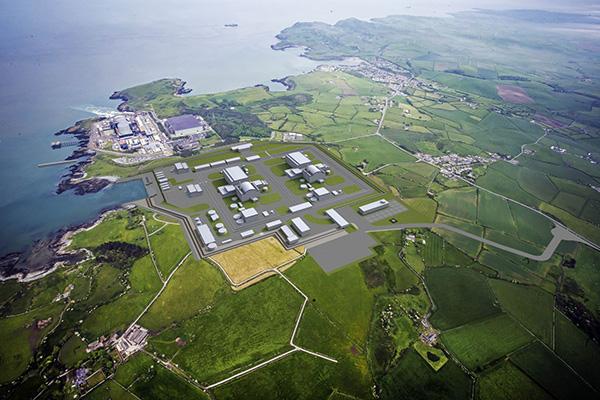Rolls-Royce will provide the reactors for Australia’s first nuclear submarines.
The move, part of the Aukus pact between Australia, the UK and US, will see thousands of jobs created for Rolls-Royce and across the UK supply chain. Rolls-Royce’s Derby-based submarines business currently employs more than 4,000 people and designs, manufactures and provides in-service support to the pressurised water reactors which power every boat in the Royal Navy’s submarine fleet.
“We are delighted to be asked to play our part in delivering this element of the Aukus agreement and are well prepared to support through our nuclear expertise and engineering excellence,” said Steve Carlier, president of Rolls-Royce’s submarines business. “This is great news for Rolls-Royce and for the country as a whole, with the creation of more UK jobs and an opportunity to showcase British innovation and expertise on the world stage.”
Rolls-Royce provides reactor plant and associated components for the UK’s current Astute and Dreadnought submarine programmes. It also provides frontline support for reactor plant equipment from its operations centre in Derby, and supports the submarine work in the Barrow-in-Furness shipyard and naval bases at Devonport and Faslane.
The Nuclear AMRC welcomed the agreement as positive news for the UK’s nuclear supply chain.
“The Aukus announcement is a real vote of confidence in UK nuclear engineering, and great news for our industrial member Rolls-Royce and its supply chain,” said Tom Purnell, business development director.
“The naval propulsion market has a very large crossover in the manufacturing capabilities and skills required by the civil nuclear industry, with many of the same nuclear-ready manufacturers working in both sectors. To meet the requirements of Aukus and the UK’s own submarine programme at the same time as we build a new generation of nuclear power stations to meet our national targets for decarbonisation and energy security, we need to invest and innovate to develop the capabilities and skills of the UK supply chain.
“The Nuclear AMRC is already playing a key part in that mission. Last year, we worked with Rolls-Royce to launch the new Nuclear Skills Academy to train apprentices for its submarine work, and we’re now preparing to open the new Nuclear AMRC Midlands facility in Derby. This will provide focused support to regional businesses including Rolls-Royce and its suppliers which will be further enabled by likely announcements planned in the upcoming budget such as the potential launch of Great British Nuclear.”

Under the Aukus agreement announced on 13 March, new nuclear submarines will be built in the UK and Australia, based on the UK’s submarine design.
Australia and the UK will both build new submarines to this design, known as SSN-Aukus, with construction of the UK’s submarines taking place principally in Barrow-in-Furness. Australia will work over the next decade to build up its submarine industrial base, and will build its submarines in South Australia with some components manufactured in the UK.
The first UK submarines built to this design will be delivered in the late 2030s to replace the current Astute-Class vessels, and the first Australian submarines will follow in the early 2040s.
The government says that the multilateral programme will create thousands of jobs in the UK in the decades ahead, building on more than 60 years of British expertise designing, building and operating nuclear-powered submarines. Most of these jobs will be concentrated in Barrow-in-Furness with further roles created elsewhere along the supply chain, including in Derby.
Charles Woodburn, chief executive of BAE Systems, commented: “We employ more than 10,000 people in our Barrow-in-Furness shipyard delivering the Astute and Dreadnought submarine programmes for the UK’s Royal Navy and we’re extremely proud to be selected as a major partner in this historic endeavour which will ultimately enable Australia to acquire its own sovereign nuclear-powered submarine fleet.”






